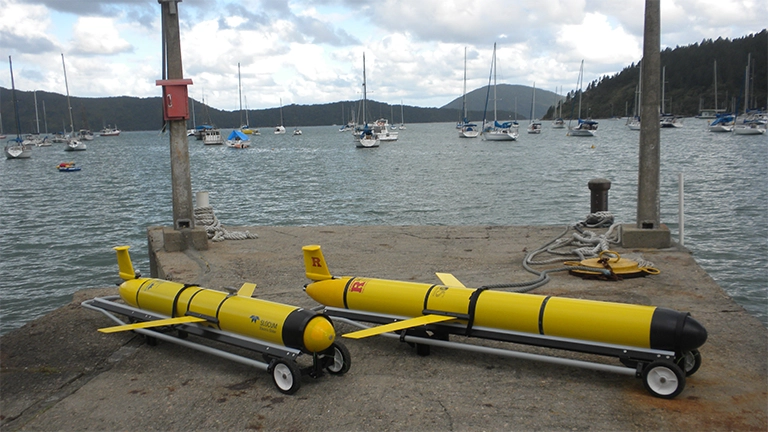The ocean has been a historically challenging part of our world to explore and research. However, the Slocum glider is an autonomous underwater vehicle that has fundamentally changed the way ocean science is conducted. Over the past two decades, Slocum gliders have been an essential part of modern day research thanks to their ability to operate out at sea for months at a time with minimal energy requirements. These gliders are able to collect vast amounts of data which research projects rely on over the course of a single mission duration. Due to their unmanned nature and low cost of operation, Slocum gliders have also managed to reduce the price of ocean data collection drastically while simultaneously improving its quality.

The namesake of the Slocum Glider is Joshua Slocum. He was the first sailor to complete a solo circumnavigation journey, which concluded in 1898 after a three year long journey. Joshua Slocum was chosen to be the namesake of this glider as he pushed the boundaries of exploration of the ocean and shocked the world with his success – which is what the Slocum Glider was also created to do.

As Slocum gliders have become more popularized in academic research, student involvement in their operation has become integral to their success. The Slocum glider has complemented a tremendous amount of the research conducted at Rutgers University in the past two decades, and students have been at the center of their implementation. The new Sentinel Glider is the product evolution of the Slocum Glider, and has been improved in every aspect to further push the limits of what can be done with a glider.
